
But sometimes it is necessary.
-the Centaur
Words, Art & Science by Anthony Francis
My friends Fred, David, Derek and I were on an Edge vacation somewhere - I don't quite know where - and Fred had rented a convertible to drive us around town. While we were there, we heard that they were going to blow up a mall as part of shooting some movie, and we decided to show up to watch.
We pulled behind a massive structure like Phipps Plaza in Atlanta, waiting in a long narrow street cutting through the big grassy fields behind the mall. There were a few other onlookers, maybe in the hundreds, but we pulled up in our convertible just as they were about to get started, so we didn't even get out.
Then the mall detonated. The parking structure behind it collapsed, tumbling down like the proverbial deck of cards. Giant concrete columns, easily three feet across, were tumbling over like dominoes.
Then something went wrong - one of the timed explosions was too powerful, or maybe there was a boiler overlooked in the security office underneath the parking deck. A secondary blast sent dozens of concrete columns flying, giant treetrunks sailing through the air - one of them right over us.
I looked up, frozen, as the column seemed to hang there in the air, long enough that it seemed to stretch out of our field of view to the left and right, wide enough to kill us. Then it began to shift in my vision, and I realized it was going to fall in front of us.
In that moment, I realized missing us would not be enough. I shouted, "Back up, back up, back up!" and Fred put the convertible in reverse. The column crashed to the ground in front of us and began rolling forward, bouncing - it would have rolled straight over the top of the car, flattening us. We screeched backwards, but quickly the column rumbled to a stop, and Fred stopped the car.
"Wow," Fred said, looking back at us. The column covered the whole road in front of us. More concrete columns were scattered all over the field, but miraculously no bystanders had been killed. "Normally I'm the first one to react. Good catch Anthony!"
I was not so sure.
Thinking over it later, there was no way Fred could have responded in time from my shout to put the car in reverse and start moving; he must have already been acting when I leaned forward and yelled in his ear, and in the confusion of events interpreted things after the fact to think that he'd reacted to my warning.
But what really struck me while Fred was congratulating me was my memory of that moment where the column was hanging in the air: that moment where I knew it was going to fall and hit or nearly hit us, and I didn't say anything because I was frozen. If we had to rely on that reaction time, we'd all be dead.
Must go faster.

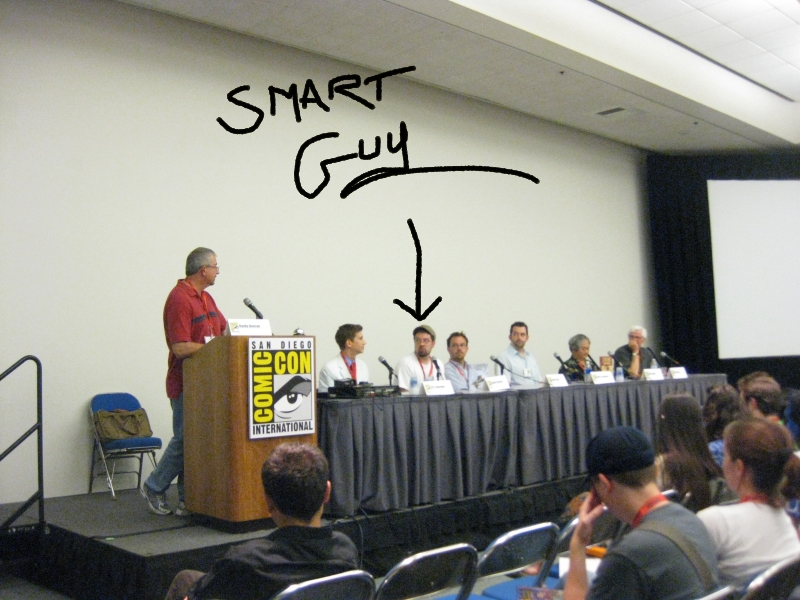
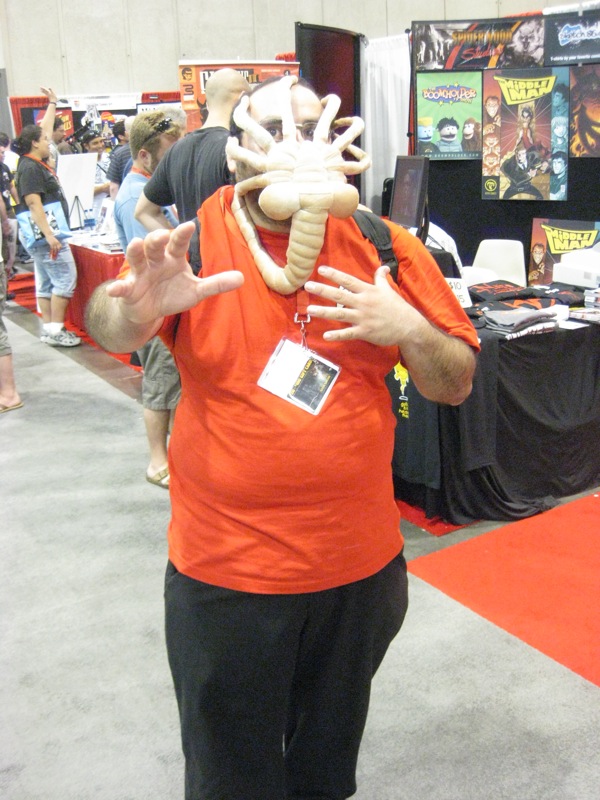
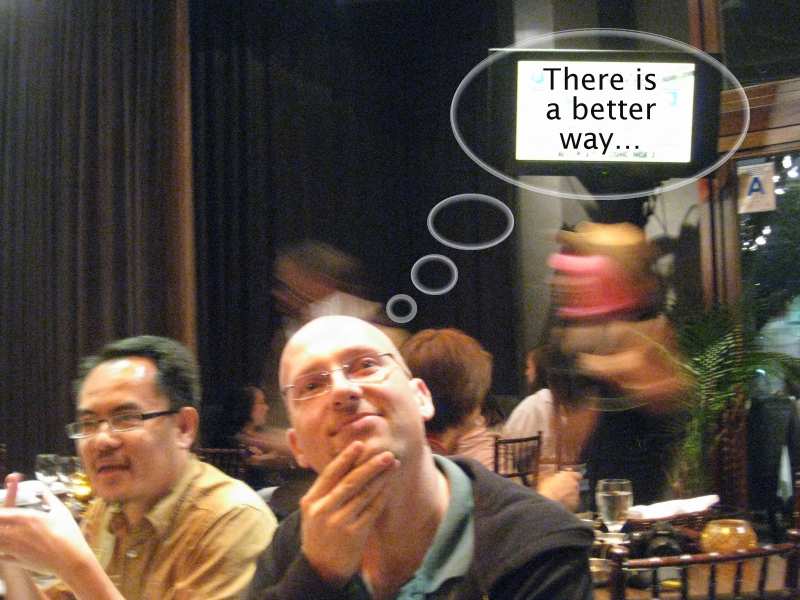
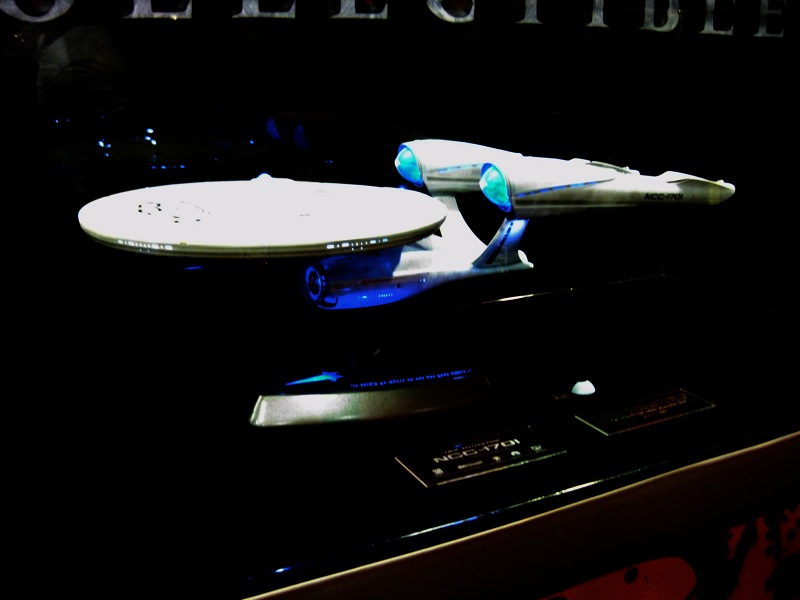
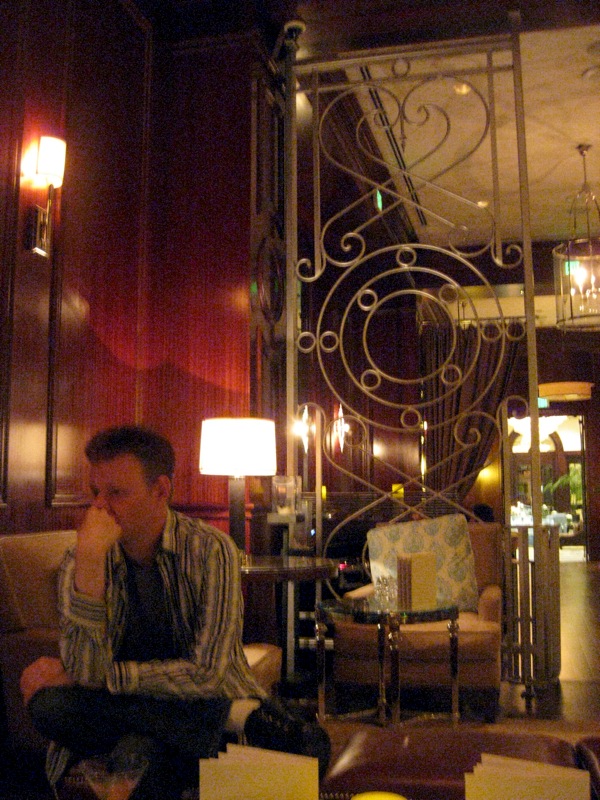

"Don't take too long to think about it. Fifteen books you've read that will always stick with you. First fifteen you can recall in no more than 15 minutes. Copy the instructions into your own note, and be sure to tag the person who tagged you."Well, neo-Luddite that I am, I don't want to encourage this whole walled-garden social networking thing, so I'm not going to post a note there until I can effortlessly crosspost with my blog and everywhere else. But I can come up with 15 books:
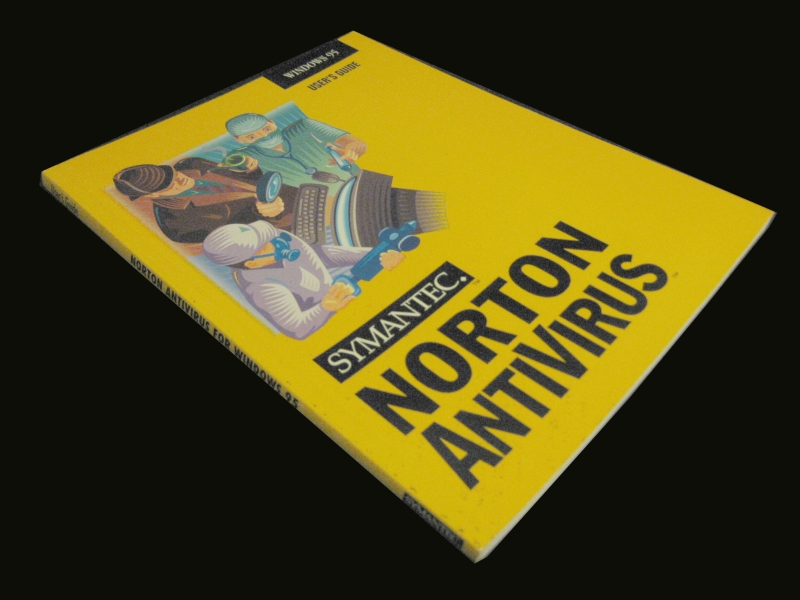







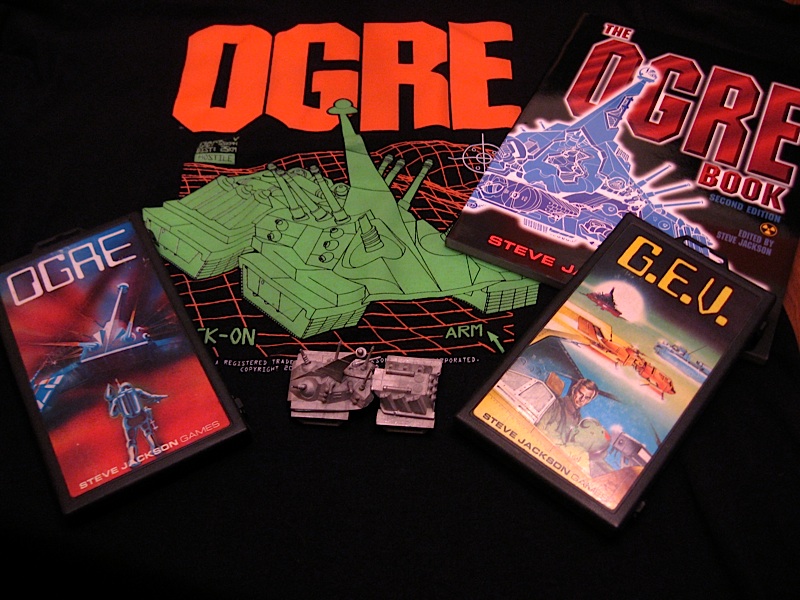
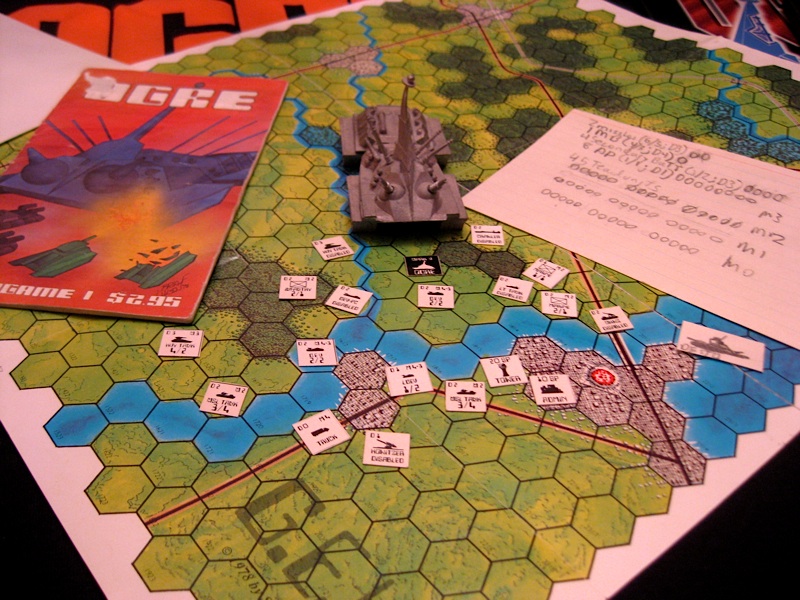
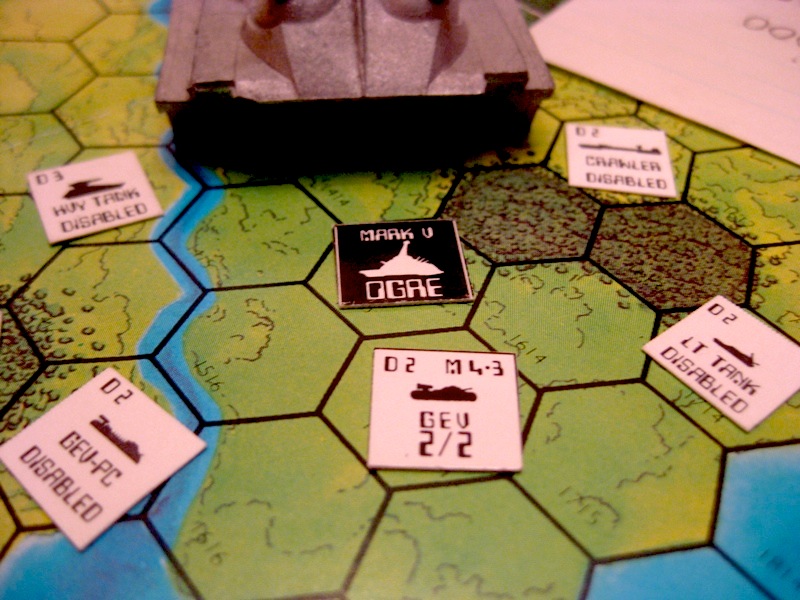
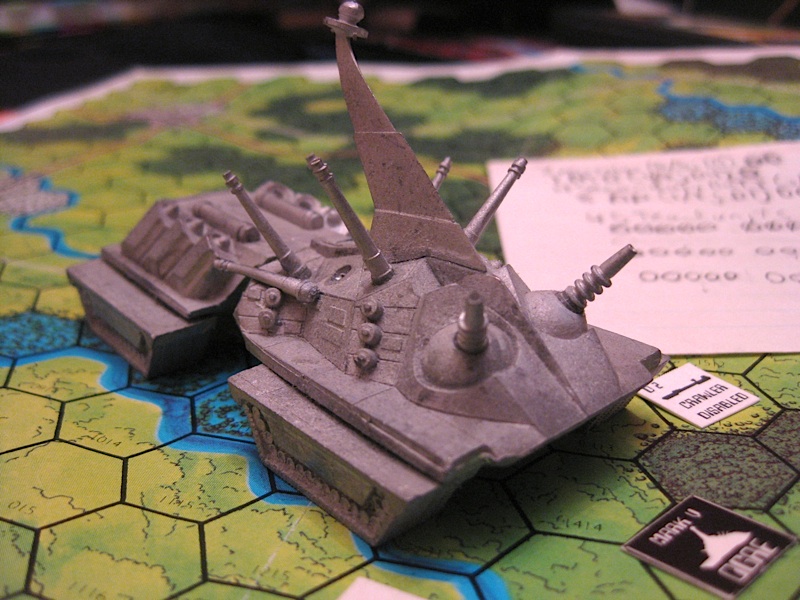
I certainly would agree about the trap shooting and with the care needed with black powder and fuses. There is no way to know, of course, but the woods in the background look pretty dense. If it's all private property it could go for miles. Still I wouldn't do that stuff with my rifles.Ok, it's all fun until someone loses a loved one. Be safe, all.



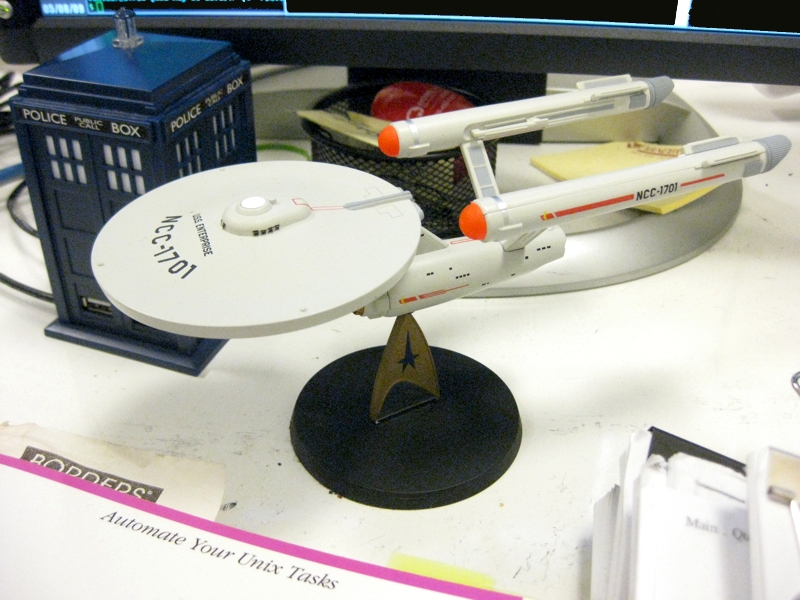
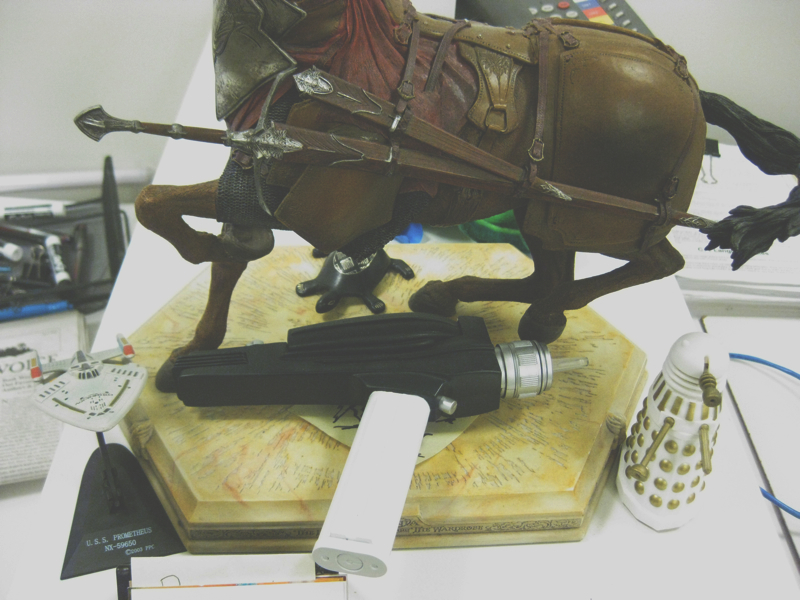

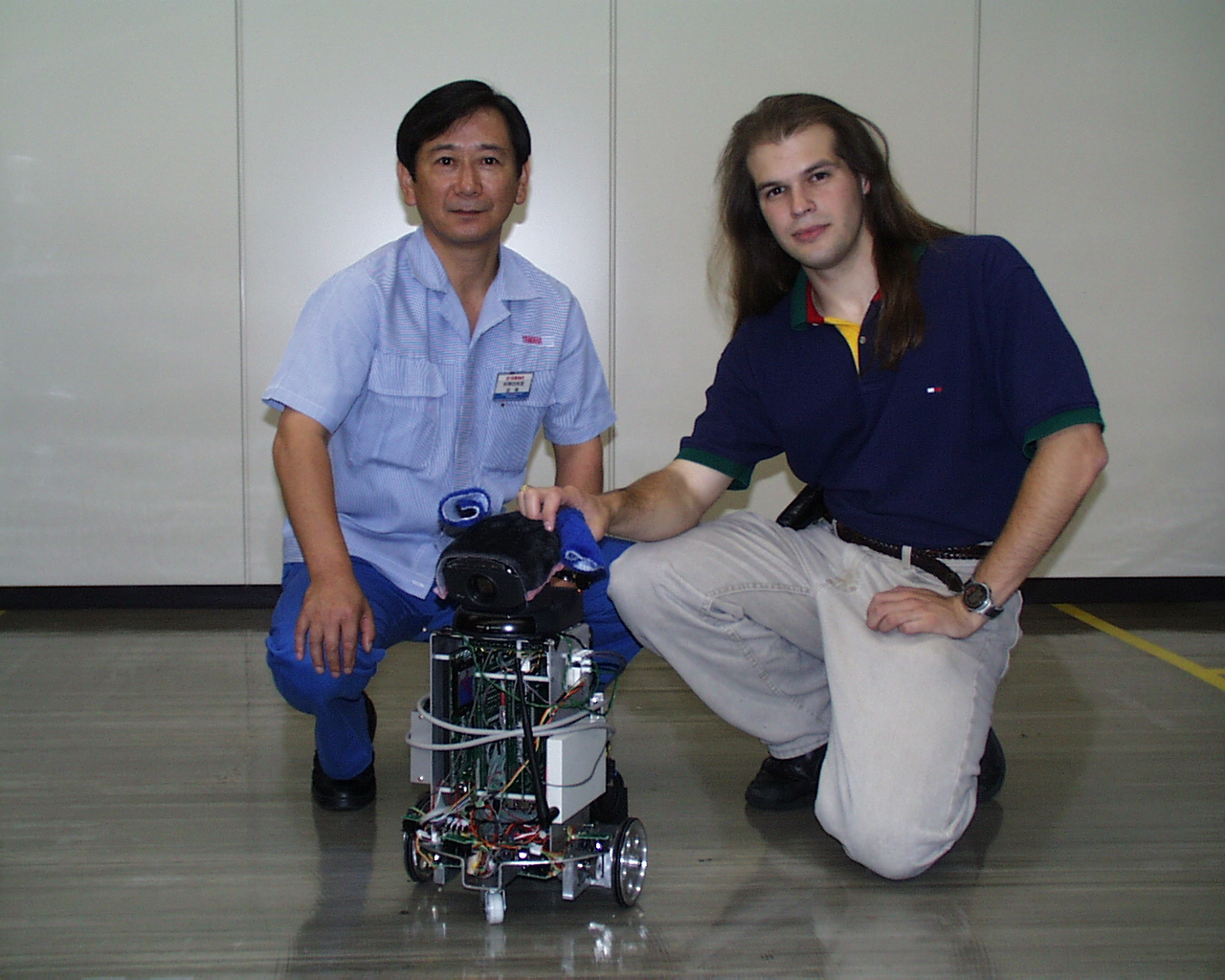
Thanks to the permission of IGI, the publisher of the Handbook of Synthetic Emotions and Sociable Robotics, the full text of "Emotional Memory and Adaptive Personalities" is now available online. I've blogged about this paper previously here and elsewhere, but now that I've got permission, here's the full abstract:
Emotional Memory and Adaptive Personalities
by Anthony Francis, Manish Mehta and Ashwin RamBelievable agents designed for long-term interaction with human users need to adapt to them in a way which appears emotionally plausible while maintaining a consistent personality. For short-term interactions in restricted environments, scripting and state machine techniques can create agents with emotion and personality, but these methods are labor intensive, hard to extend, and brittle in new environments. Fortunately, research in memory, emotion and personality in humans and animals points to a solution to this problem. Emotions focus an animal’s attention on things it needs to care about, and strong emotions trigger enhanced formation of memory, enabling the animal to adapt its emotional response to the objects and situations in its environment. In humans this process becomes reflective: emotional stress or frustration can trigger re-evaluating past behavior with respect to personal standards, which in turn can lead to setting new strategies or goals. To aid the authoring of adaptive agents, we present an artificial intelligence model inspired by these psychological results in which an emotion model triggers case-based emotional preference learning and behavioral adaptation guided by personality models. Our tests of this model on robot pets and embodied characters show that emotional adaptation can extend the range and increase the behavioral sophistication of an agent without the need for authoring additional hand-crafted behaviors.
And so this article is self-contained, here's the tired old description of the paper I've used a few times now:
"Emotional Memory and Adaptive Personalities" reports work on emotional agents supervised by my old professor Ashwin Ram at the Cognitive Computing Lab. He's been working on emotional robotics for over a decade, and it was in his lab that I developed my conviction that emotions serve a functional role in agents, and that to develop an emotional agent you should not start with trying to fake the desired behavior, but instead by analyzing psychological models of emotion and then using those findings to design models for agent control that will produce that behavior "naturally". This paper explains that approach and provides two examples of it in practice: the first was work done by myself on agents that learn from emotional events, and the second was work by Manish Mehta on making the personalities of more agents stay stable even after learning.
-the Centaur
Pictured is R1D1, one of the robot testbeds described in the article.